В этой статье мы рассмотрим как настроить Ubuntu 24.04 после установки. На данный момент это самая новая версия дистрибутива с длительным сроком поддержки (LTS). В этой версии мы получили новый App Center, утилиту для обновления проприетарных прошивок, GNOME 46 со всеми его улучшениями, такими как обновленный файловый менеджер, улучшенная программа настроек, обновленное меню быстрых настроек, и многое другое.
При написании этой статьи использовалась Ubuntu 24.04.1, которая получила еще несколько незначительных улучшений, но версия GNOME и основных программ осталась та же, что и при релизе. Как и всегда, мы рассмотрим настройку среды рабочего стола, установку дополнительных расширений и программ. Там, где это возможно, буду стараться писать не только о настройках в графическом интерфейсе, но и команды терминала, для того чтобы это можно было сделать быстрее.
Содержание статьи
Настройка Ubuntu 24.04 после установки
Шаг 1. Обновление системы
Прежде всего следует обновить все пакеты в системе до новой версии. Сначала обновим пакеты из deb репозиториев. Для этого выполните следующие команды в терминале:
sudo apt update
sudo apt upgrade -y
В Ubuntu также используется универсальный формат пакетов Snap. Для их обновления нужно выполнить следующую команду:
sudo snap refresh
Шаг 2. Настройка дополнительных репозиториев
По умолчанию, если во время установки Ubuntu вы не включили опцию Install third-party software for graphics and WiFi hardware, в системе будет присутствовать только один репозиторий со свободным программным обеспечением, поддерживаемым командой Canonical. Этот репозиторий называется main. Но есть еще несколько репозиториев, поддерживаемых сообществом (universe) и содержащих проприетарные программы (restricted и multiverse). Чтобы их включить откройте главное меню и наберите Software & Updates:
Запустите программу и перейдите на вкладку Ubuntu Software. Здесь необходимо поставить галочки напротив соответствующих репозиториев - universe, restricted и multiverse:
Для того чтобы изменения применились будет необходимо ввести пароль пользователя. Также когда вы попытаетесь закрыть программу, она предложит обновить списки пакетов в репозиториях. Здесь нужно нажать кнопку Reload:
Для того чтобы сделать то же самое в терминале, выполните:
sudo add-apt-repository universe
sudo add-apt-repository multiverse
sudo add-apt-repository restricted
Шаг 3. Настройка рабочего стола
Для того чтобы изменить фон рабочего стола, кликните по любому свободному месту на нем правой кнопкой мыши и выберите Change Background:
Здесь в разделе Background можно выбрать изображение, например с скалами:
То же самое изображение можно установить с помощью следующей команды терминала:
gsettings set org.gnome.desktop.background picture-uri 'file:///usr/share/backgrounds/Monument_valley_by_orbitelambda.jpg'
Также в этом окне можно изменить акцентный цвет системы с помощью пункта Color, а также включить тёмный режим в разделе Style:
Тёмный режим также можно включить с помощью следующей команды:
gsettings set org.gnome.desktop.interface color-scheme prefer-dark
Далее перейдите на вкладку Multitasking. Здесь можно включить опцию Hot corner, которая будет открывать главное меню при наведении курсора мыши в левый верхний угол. Также здесь можно включить Active Screen Edges для того чтобы при подведении окна к краю экрана система автоматически предлагала увеличить его до половины размера экрана:
То же самое можно сделать с помощью команд:
gsettings set org.gnome.desktop.interface enable-hot-corners true
gsettings set org.gnome.mutter edge-tiling true
Кроме того, на вкладке Ubuntu Desktop можно отключить отображение ярлыка домашней папки на рабочем столе. Для этого выключите переключатель Show Personal Folder:
gsettings set org.gnome.shell.extensions.ding show-home false
Шаг 4. Настройка терминала
По умолчанию в Ubuntu используется Gnome Terminal, который использует GTK3 и не поддерживает некоторых функций, уже присутствующих в современных терминалах, разработанных на основе GTK4. Ранее я рекомендовал GNOME Console (KGX). Он не поддерживает настройку тем и цветов, а в Ubuntu 23.10 разработчики решили сделать его фон фиолетовым, что мне, например, не нравится. В качестве альтернативы можно установить BlackBox:
sudo apt install blackbox-terminal
Этот эмулятор терминала имеет множество настроек, несколько тем оформления, в том числе и фиолетовую, окно просмотра всех вкладок, настройки шрифтов. Благодаря использованию GTK4 хорошо вписывается в интерфейс GNOME, подсвечивает заголовок окна красным при редактировании файлов с правами суперпользователя, и фиолетовым для удаленных подключений:
Для того чтобы использовать этот эмулятор терминала по умолчанию выполните скрипт update-alternatives и выберите /usr/bin/blackbox-terminal:
sudo update-alternatives --config x-terminal-emulator
Шаг 5. Настройка Nautilus
В Windows можно создавать пустые файлы в папках или на рабочем столе с помощью контекстного меню. То же самое можно делать в Nautilus, но для этого нужно добавить шаблоны файлов которые вы хотите создавать в каталог Templates в вашем домашнем каталоге. Например, давайте добавим пустой файл txt:
touch ~/Templates/new_file.txt
После этого в контекстном меню появится новый пункт New Document:
После клика по которому откроется список доступных шаблонов. Достаточно кликнуть по шаблону чтобы создать новый файл:
Шаг 6. Отключение режима сна
Если вы оставите компьютер более чем на 15 минут, он будет переходить в режим сна для экономии энергии. Чтобы это отключить, откройте утилиту Settings, перейдите в раздел Power и выключите опцию Automatic Suspend.
Также это можно сделать с помощью gsettings:
gsettings set org.gnome.settings-daemon.plugins.power sleep-inactive-ac-timeout 0
Сейчас вы изменили настройки только для текущего пользователя. Но когда вы включили компьютер, и не авторизуетесь в течение 15 минут, он всё равно будет переходить в режим сна. Это происходит потому что экран входа запускается от имени пользователя GDM. Для того чтобы и это исправить, нужно выполнить такую же команду от имени этого пользователя:
sudo -u gdm dbus-run-session gsettings set org.gnome.settings-daemon.plugins.power sleep-inactive-ac-timeout 0
Шаг 7. Отключение блокировки экрана
По умолчанию сессия пользователя будет блокироваться через 5 минут бездействия. Чтобы это отключить откройте утилиту Settings, перейдите в Privacy & Security и выберите Screen Lock:
Далее необходимо отключить опцию Automatic Screen Lock:
Или же выполните команду:
gsettings set org.gnome.desktop.screensaver lock-enabled false
Шаг 8. Автоматическая очистка корзины
По умолчанию корзина не очищается и вам придется очищать её вручную когда места на диске не останется. Но можно настроить автоматическую очистку. Например удалять файлы, которые были отправлены в корзину ранее чем 30 дней назад. Для этого в том же разделе Privacy & Security выберите File History & Trash и в разделе Trash & Temporary Files включите опцию Automatically Delete Trash Content:
То же самое можно включить с помощью команды:
gsettings set org.gnome.desktop.privacy remove-old-trash-files true
Шаг 9. Настройка поиска
В GNOME есть функция поиска на главном экране, которая позволяет искать не только программы, но и файлы, папки, окна терминала, настройки, пароли, символы, а также даже может выполнять простые вычисления в калькуляторе. Если вы хотите сделать поиск быстрее, то можете убрать лишние программы из поиска. Для этого откройте раздел Search и в списке Search Results отключите ненужные программы:
Например, я оставил только настройки, калькулятор и терминал. Этот список нужно будет пересмотреть после установки программ, GNOME будет автоматически показывать результаты поиска из всех программ, которые это поддерживают. Вот результат:
Шаг 10. Установка Gnome Tweaks
Если вы хотите иметь возможность менять дополнительные тонкие настройки GNOME, такие как темы и поведение оболочки в графическом интерфейсе, то вам понадобится программа gnome-tweaks. Установить её можно с помощью следующей команды:
sudo apt install gnome-tweaks
Для этой задачи еще можно использовать программу Refine, но во-первых, для ее установки нужно добавить в систему Flatpak, а во-вторых утилита рассчитана на работу с чистым GNOME.
Шаг 11. Установка Extension Manager
Раньше для установки расширений GNOME нужно было ставить специальный пакет коннектор и расширение для браузера. Теперь это можно сделать намного проще с помощью программы Extension Manager, здесь можно настраивать уже установленные расширения и устанавливать новые. Программу можно установить из официальных репозиториев:
sudo apt install gnome-shell-extension-manager
На вкладке Installed можно управлять уже установленными расширениями и менять их настройки:
Для того чтобы установить новые расширения, перейдите на вкладку Browse и начните вводить название расширения. Например Logo Menu:
Когда расширение найдено, достаточно нажать кнопку Install и подтвердить установку в диалоговом окне. После этого расширение появится на первой вкладке и будет активировано.
Шаг 12. Открытие новых окон по центру
По умолчанию все окна открываются в левом верхнем углу. Если вы хотите чтобы новые окна открывались по центру, откройте Gnome Tweaks, перейдите на вкладку Windows и включите Center New Windows в разделе Click Actions:
Также это можно сделать с помощью команды:
gsettings set org.gnome.mutter center-new-windows true
Шаг 13. Вернуть кнопки свернуть/развернуть
На той же вкладке в Gnome Tweaks можно вернуть кнопки сворачивания и разворачивания окна с помощью соответствующих пунктов Minimize и Maximize в разделе Titlebar Buttons:
Или выполните команду:
gsettings set org.gnome.desktop.wm.preferences button-layout appmenu:minimize,maximize,close
Шаг 14. Сворачивание по клику
В Ubuntu Unity ранее была возможность сворачивать окна кликом по ярлыку программы на панели Dash. Для того чтобы включить эту функцию сейчас выполните следующую команду:
gsettings set org.gnome.shell.extensions.dash-to-dock click-action 'minimize'
Шаг 15. Установка GDebi
В Ubuntu 24.04 был добавлен новый центр приложений, и вместе с тем сломана установка локальных deb пакетов по клику в файловом менеджере. Теперь файловый менеджер будет выдавать ошибку о том, что не знает какой программой открыть файл. Разработчики собираются добавить поддержку deb в будущих версиях, а пока можно использовать gdebi. Для установки программы выполните:
sudo apt install gdebi
После этого достаточно открыть файл пакета с помощью gdebi и нажать кнопку Install Package и дождаться завершения установки:
Шаг 16. Поддержка старых версий AppImage
Проблема с AppImage программами в Ubuntu существует уже давно, поскольку AppImage использует устаревшую библиотеку fuse2, которая в новых версиях Ubuntu была заменена на fuse3. Похоже, новые пакеты, собранные с помощью новой версии инструментов AppImageKit, должны работать без каких-либо проблем. Но все еще существует большое количество старых пакетов. Для того чтобы они тоже работали, необходимо установить libfuse2:
sudo apt install libfuse2t64
Шаг 17. Установка Flatpak
Поскольку Canonical продвигает свой формат универсальных пакетов Snap, поддержки пакетов Flatpak в системе нет. Далеко не все программы можно установить из официальных репозиториев и Snap. Если вам нужна какая-то программа из GNOME Circle, то есть большая вероятность, что вам придется использовать Flatpak. Для его установки выполните следующую команду:
sudo apt install flatpak
После этого необходимо добавить репозиторий Flatpak пакетов Flathub:
flatpak remote-add --if-not-exists flathub https://flathub.org/repo/flathub.flatpakrepo
А для того чтобы иметь возможность устанавливать Flatpak пакеты в графическом интерфейсе вам понадобится Gnome Software:
sudo apt install gnome-software-plugin-flatpak gnome-software
Шаг 18. Установка мультимедиа кодеков
Если во время установки Ubuntu вы не поставили галочку напротив пункта с установкой медиа кодеков, то это стоит сделать сейчас. Но перед этим убедитесь, что вы включили репозиторий multiverse на втором шаге. Просто выполните команду:
sudo apt install ubuntu-restricted-extras
Для того чтобы установить также дополнительные шрифты вам нужно будет принять лицензию ELUA:
Шаг 19. Дополнительные раскладки клавиатуры
Если вы используете несколько языков, то скорее всего вам нужно будет добавить несколько раскладок клавиатуры. Для этого откройте Settings и перейдите на вкладку Keyboard и в разделе Input Sources нажмите кнопку + Add Input Source:
Если нужного языка нет в списке, нажмите кнопку с тремя точками (More...). А если и там нет, то и кнопку Other. Далее в поиске можно набрать язык который вы хотите добавить, например Немецкий, и останется только выбрать нужную раскладку из списка и нажать кнопку Add.
После этого он появится в списке:
Если вы хотите переключать раскладки клавиатуры с помощью сочетания клавиш Alt+Shift, установите расширение GNOME - RX Input Layout Switcher:
Шаг 20. Установка необходимых программ
Остается установить еще несколько программ, которые могут понадобиться во время использования системы. Как это делать - выбирать вам. Часть программ есть в официальных репозиториях, часть в AppCenter, а другие на FlatHub. Вот список программ, которые я обычно использую:
- VLC - один из лучших видео плееров
- Gimp - редактор изображений
- Obsidian - программа для заметок в Markdown
- Parabolic - программа для загрузки видео из интернета
- Mission Center - аналог диспетчера задач
- Flatseal - управление правами и доступом для пакетов Flatpak
- Transmission - торрент клиент
- KeePassXC - менеджер паролей
- Amberol - аудиоплеер
Также можно установить несколько полезных консольных программ:
- ncdu - позволяет найти самые большие файлы в файловой системе и освободить место на диске
- rg - поиск по содержимому файлов вместо grep
- htop - диспетчер задач в терминале
- tmux - терминальный мультиплексор
- unrar - утилита для распаковки rar
- p7zip - утилита для распаковки p7zip
udo apt install ncdu ripgrep htop tmux unrar p7zip
Выводы
В этой статье мы рассмотрели как настроить Ubuntu 24.04 после установки. Как видите в системе есть довольно много моментов которые можно исправить, как минимум добавить дополнительные способы установки программ, такие как Flatpak, поддержку AppImage и установку локальных deb пакетов. А какие настройки делаете вы? Если что-то пропущено, делитесь в комментариях под статьей.

Anubis – это максимально легкое open-source решение, созданное специально для защиты небольших веб-ресурсов от бесконечного потока запросов от ботов и AI парсеров. Этот инструмент можно считать "ядерным вариантом", потому что он заставляет ботов выполнять вычисления похожие на майнинг криптовалюты. Но это неплохая альтернатива для тех, кто не может или не хочет использовать Cloudflare. Посмотреть детали

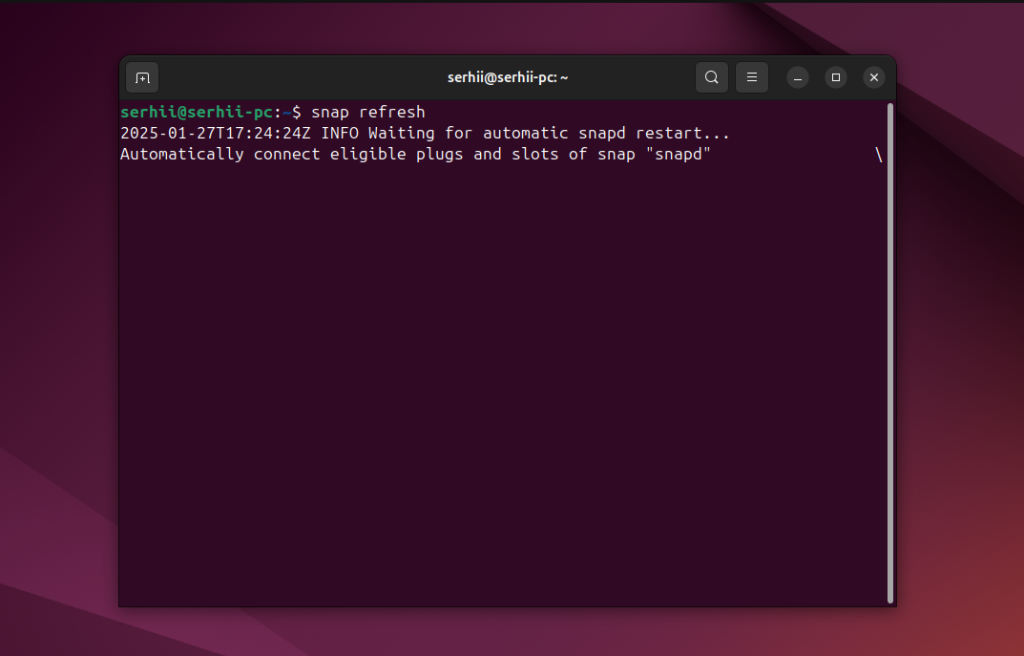
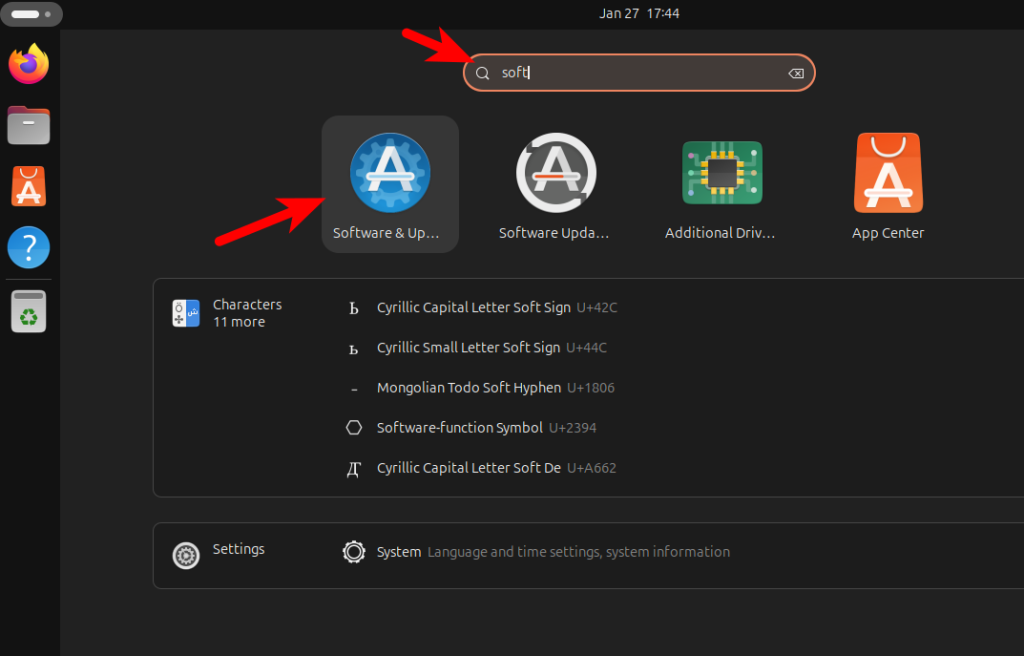
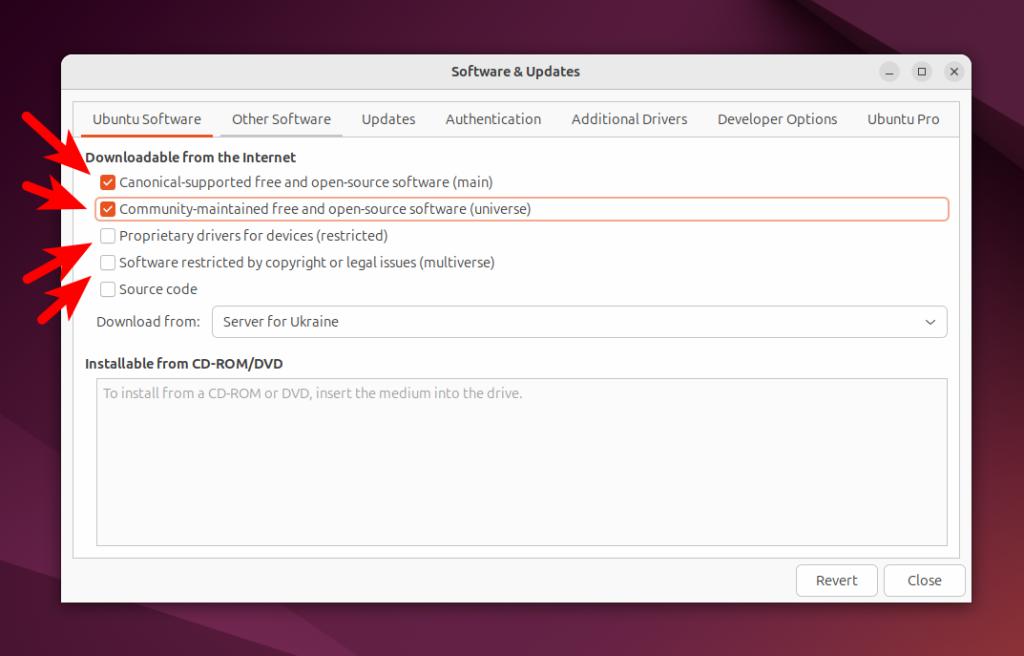
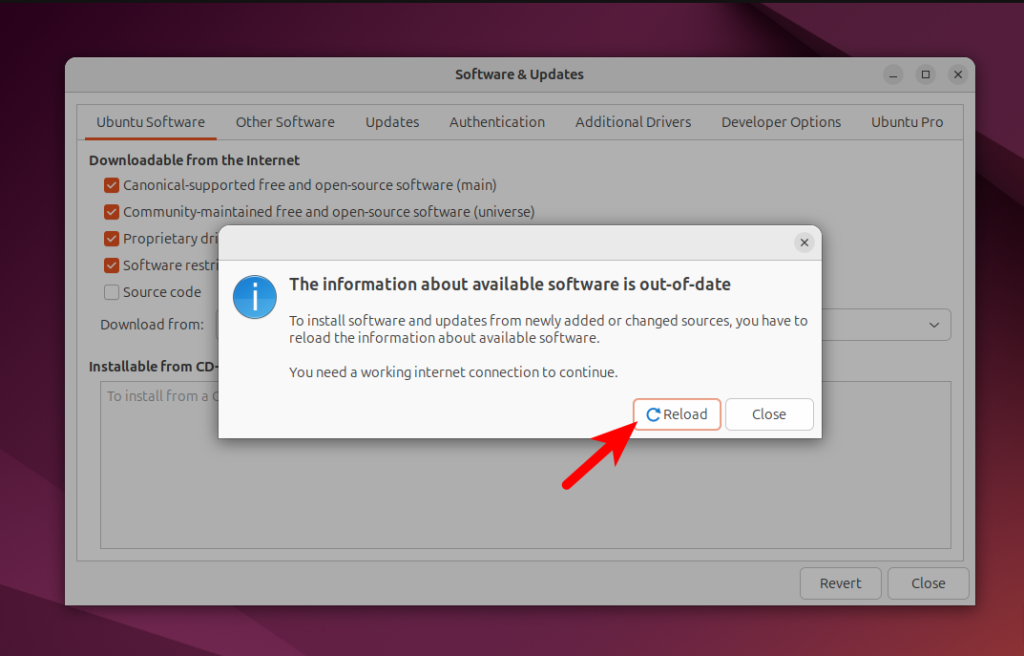
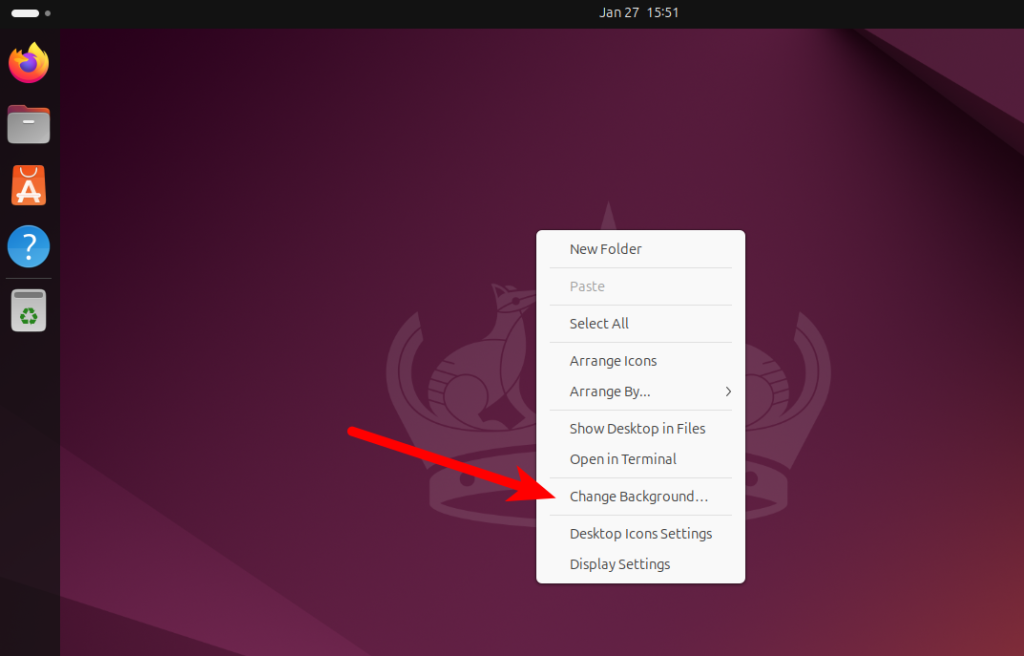
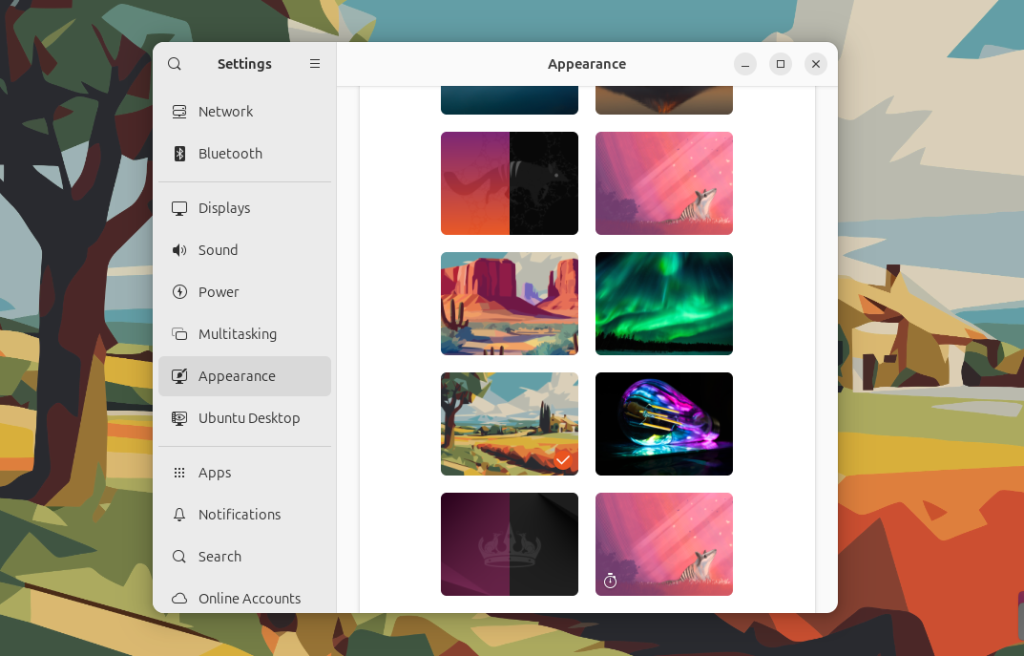
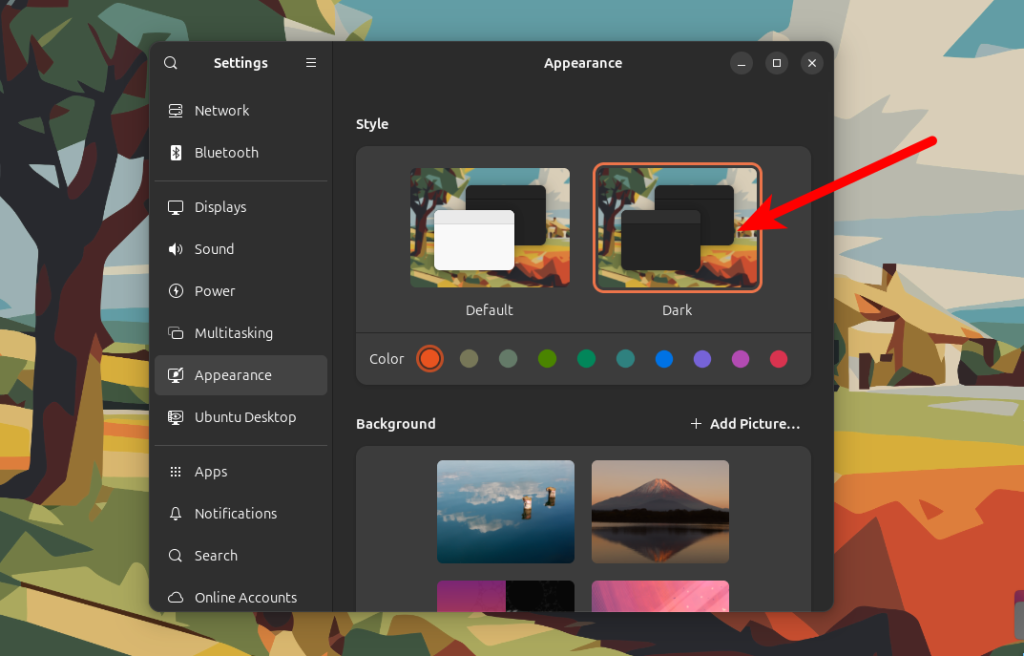
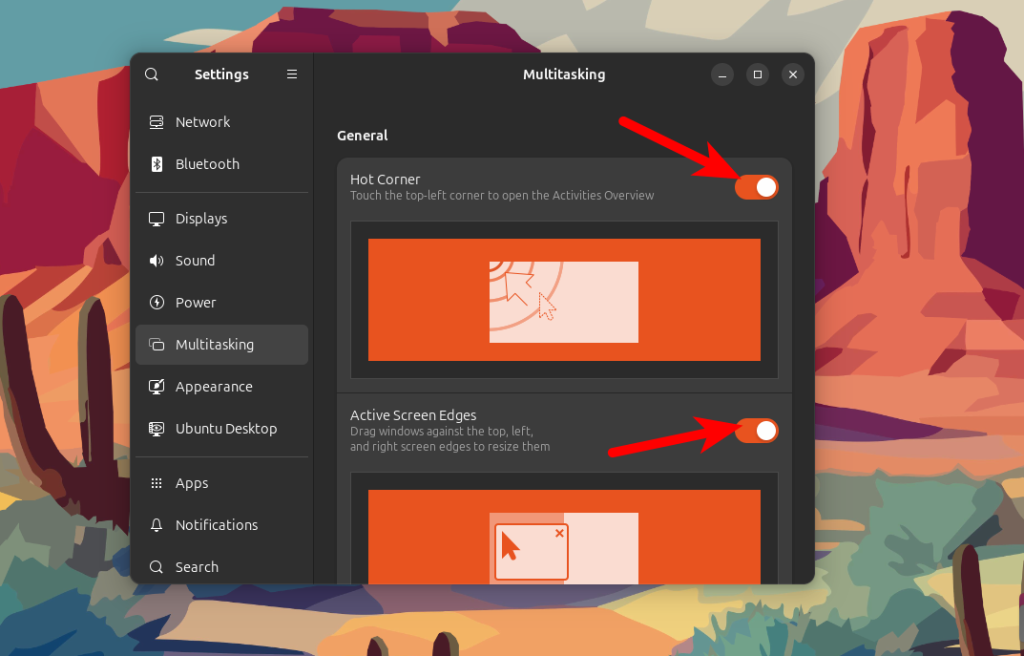
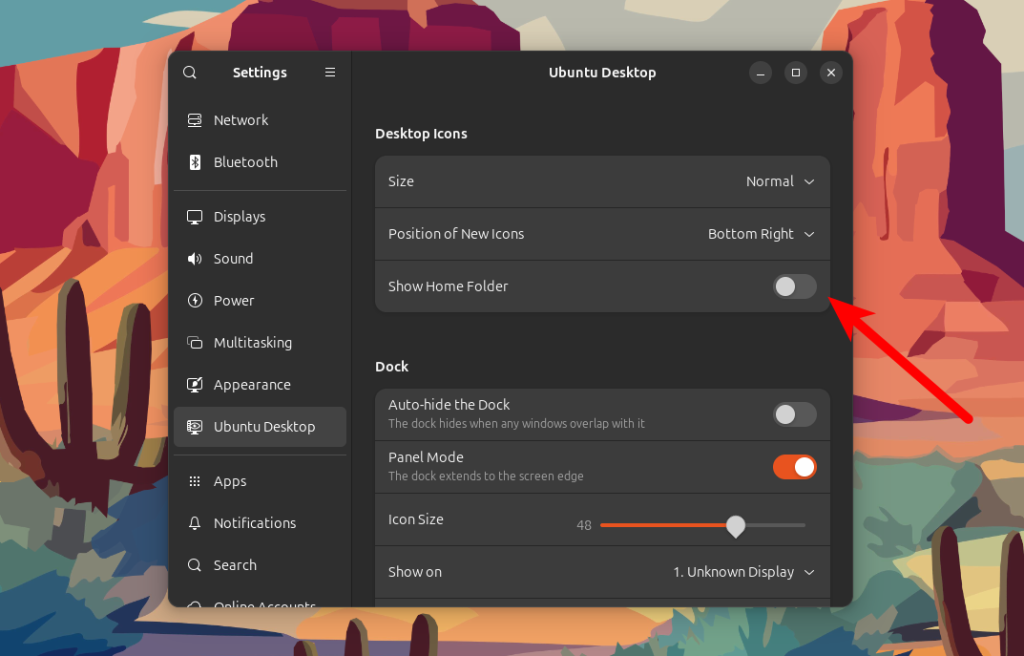
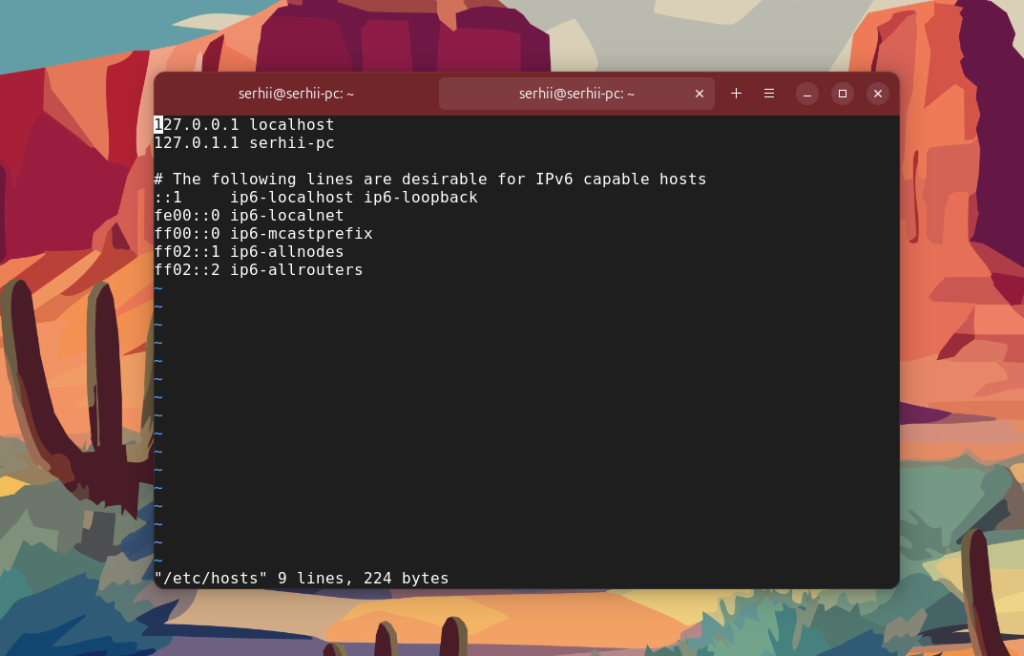
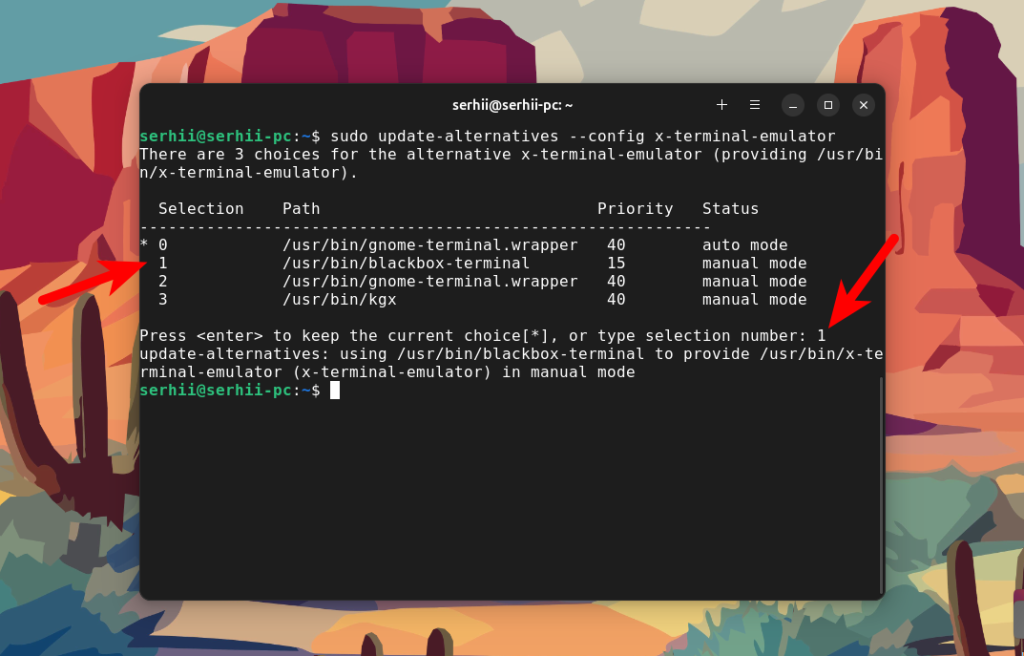
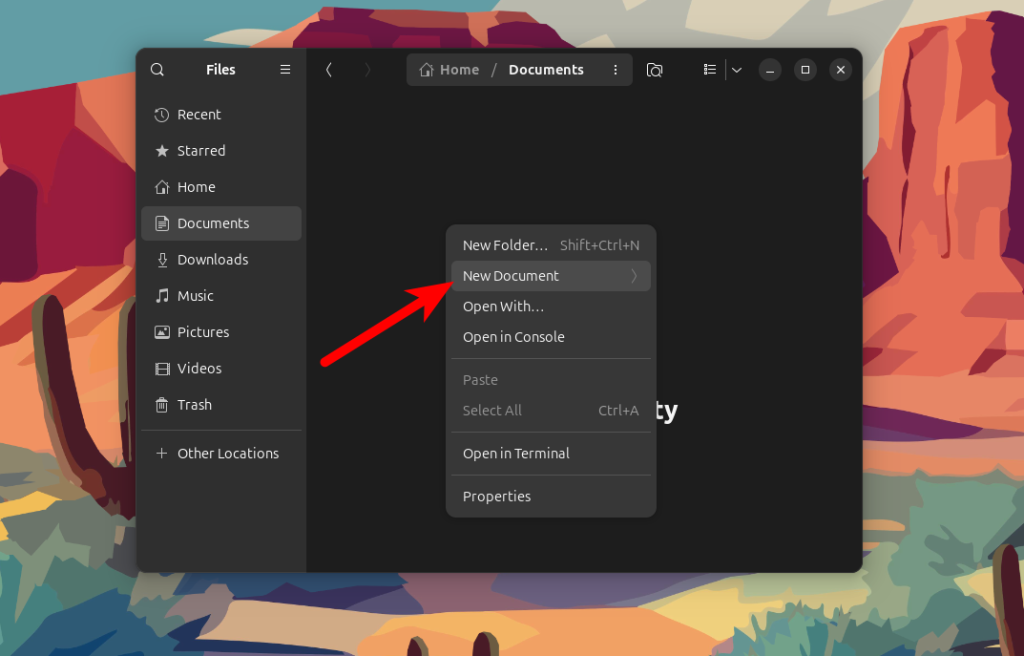
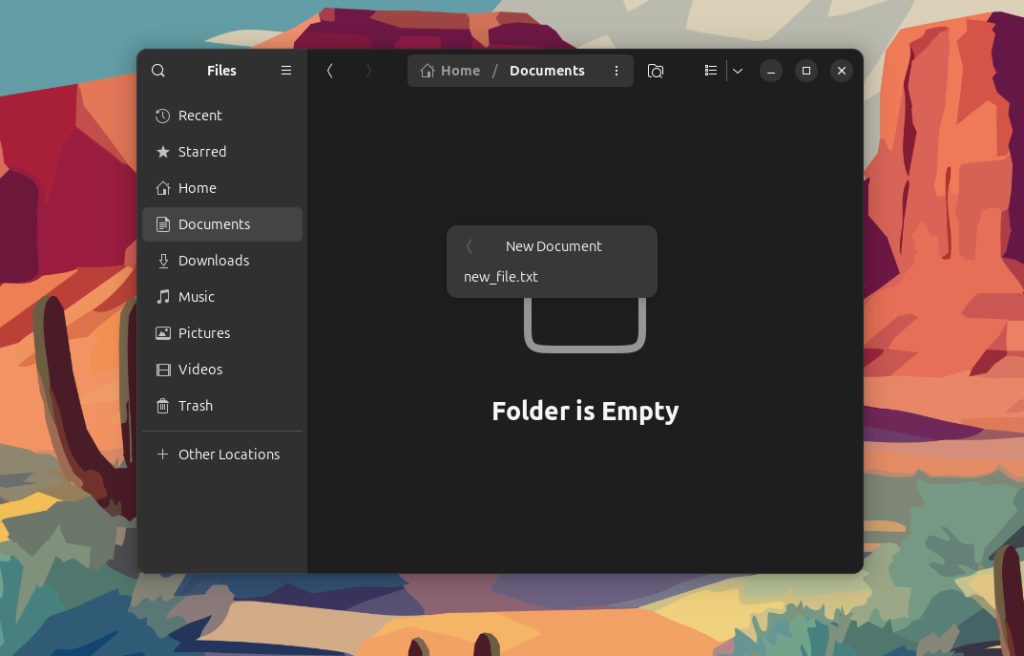
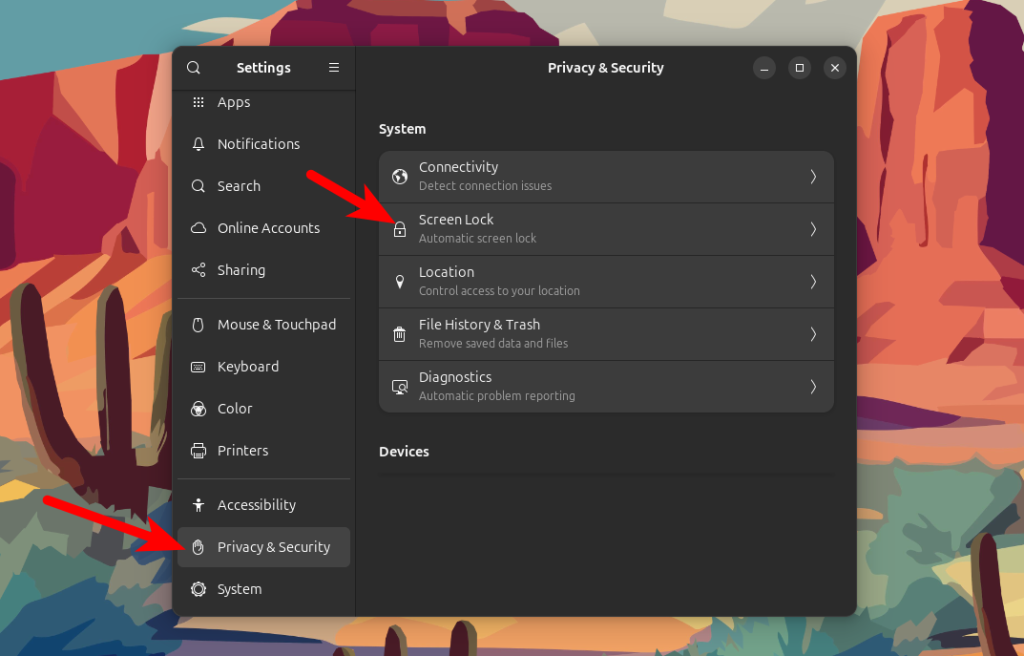
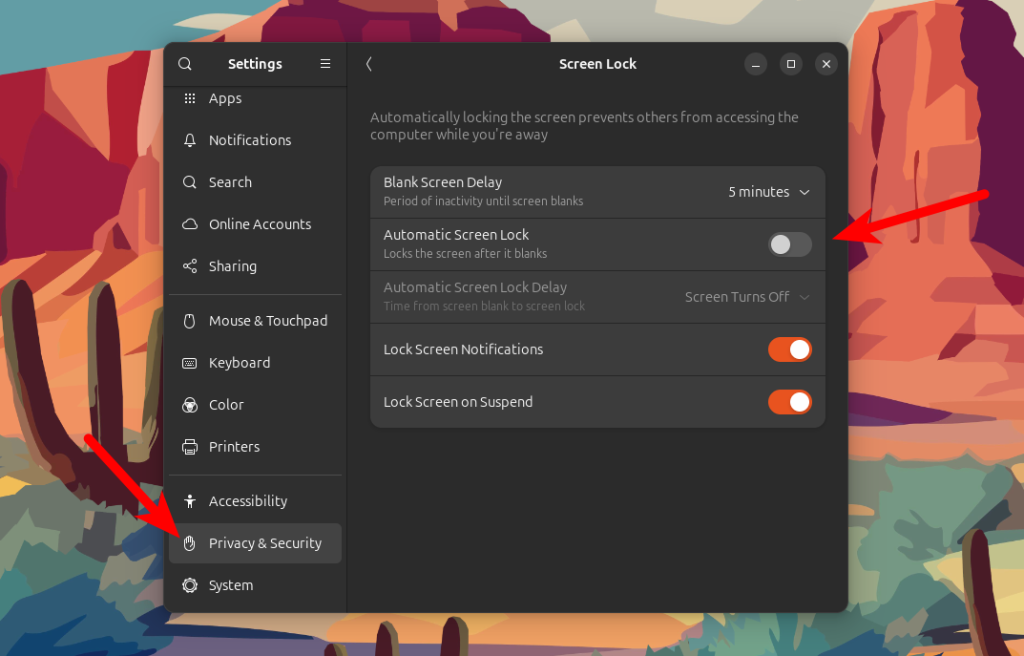
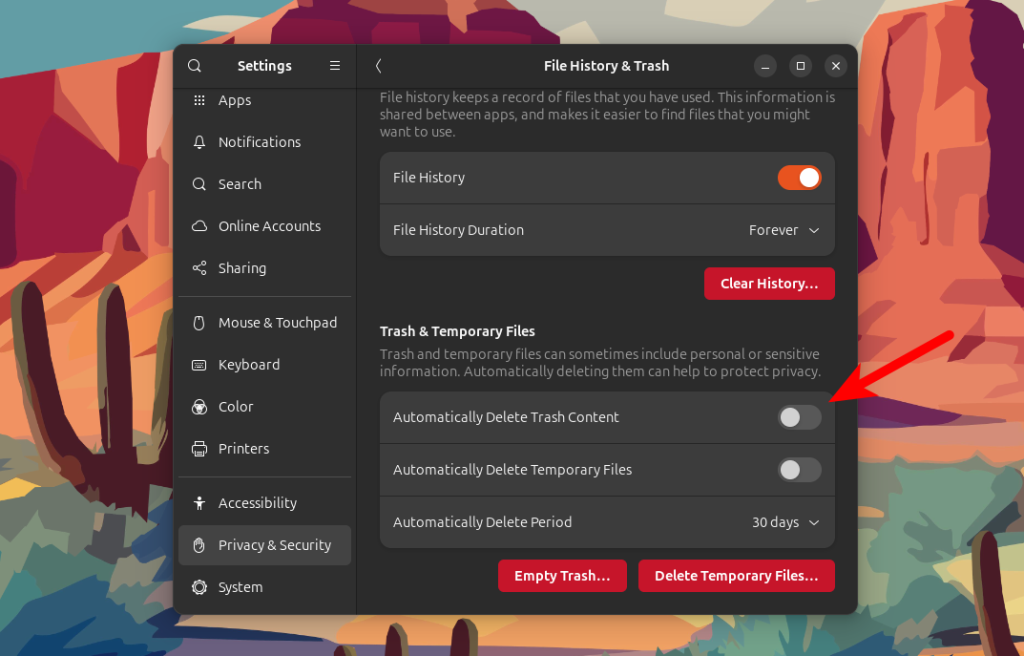
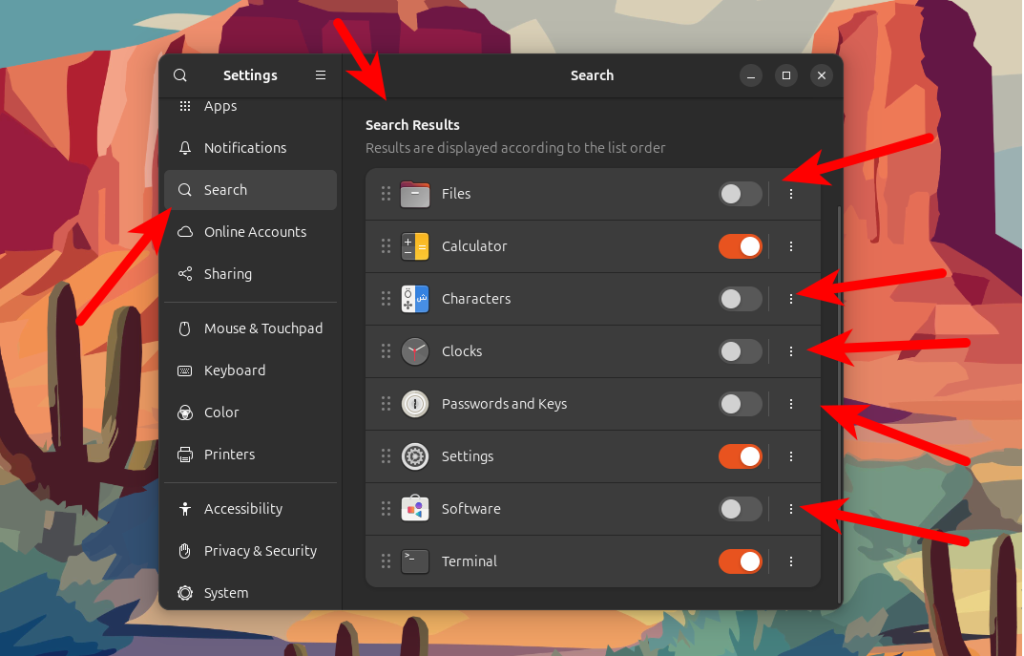
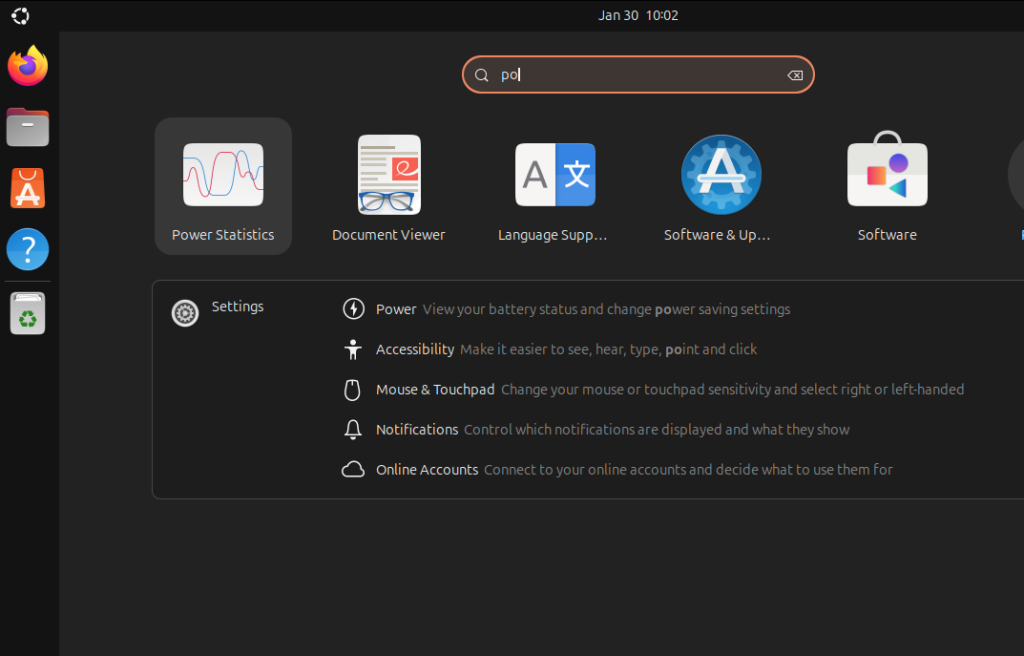
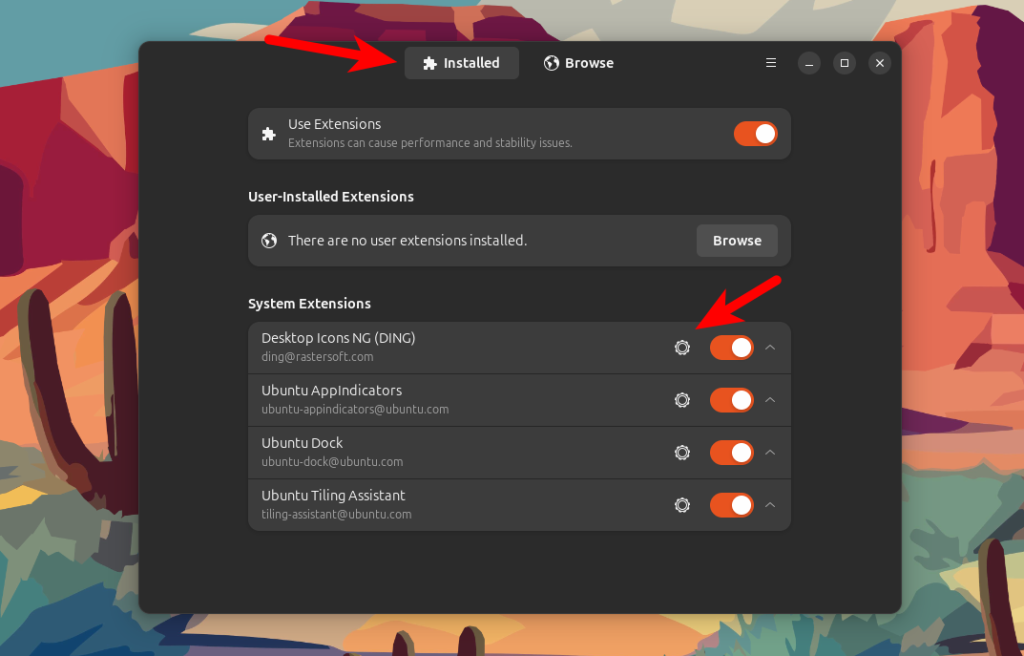
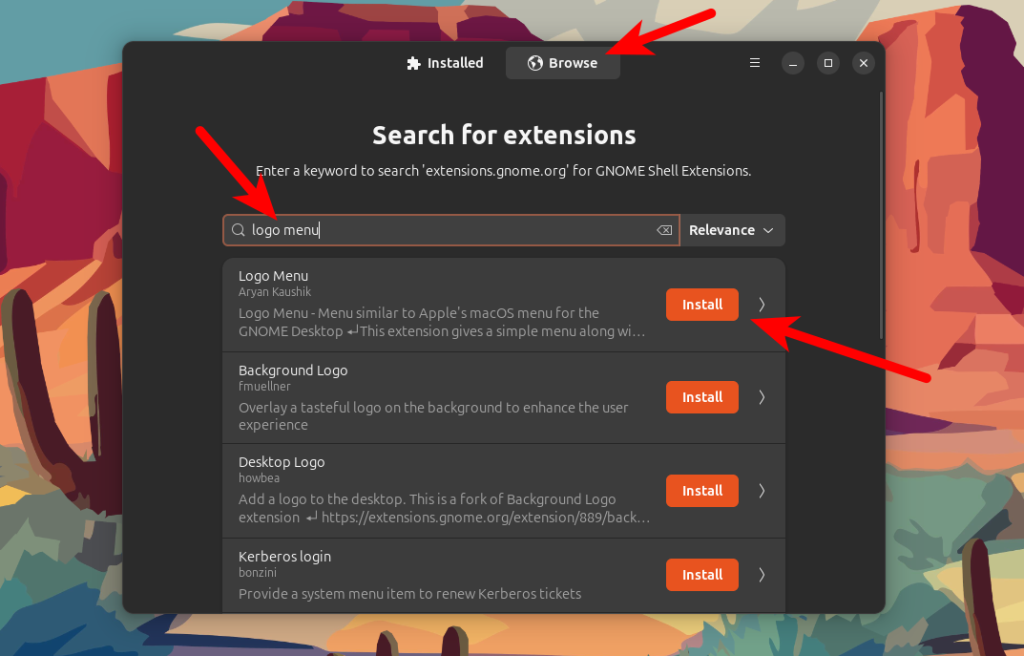
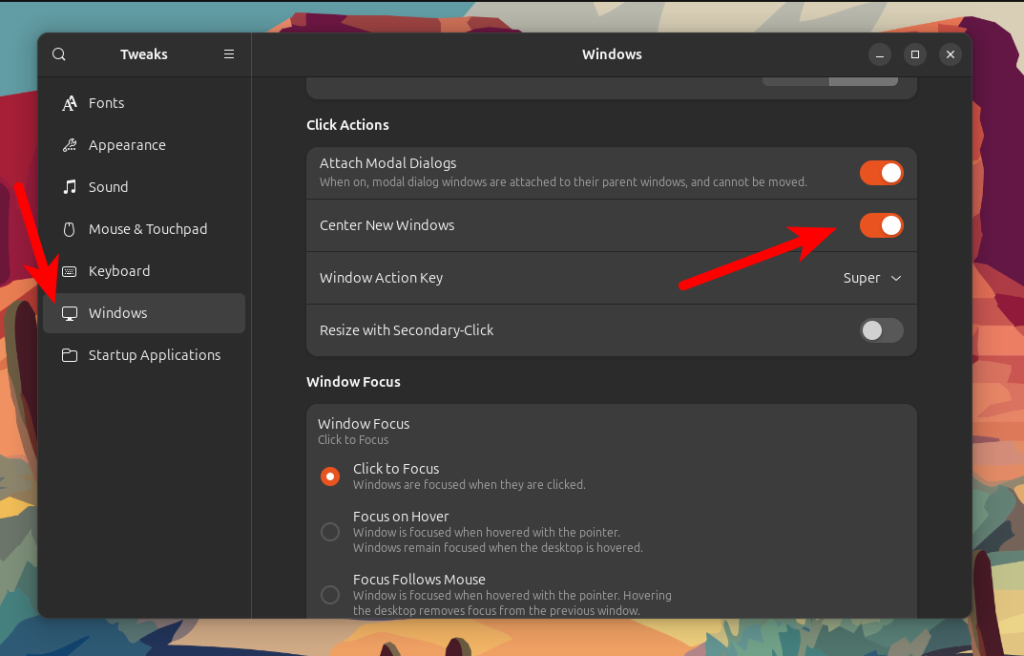
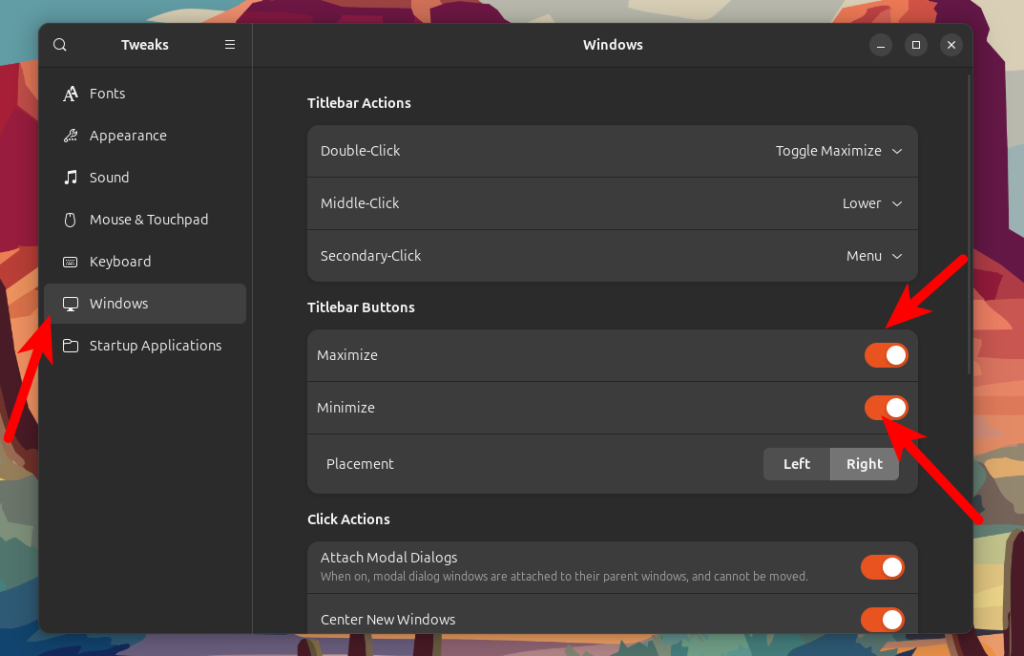
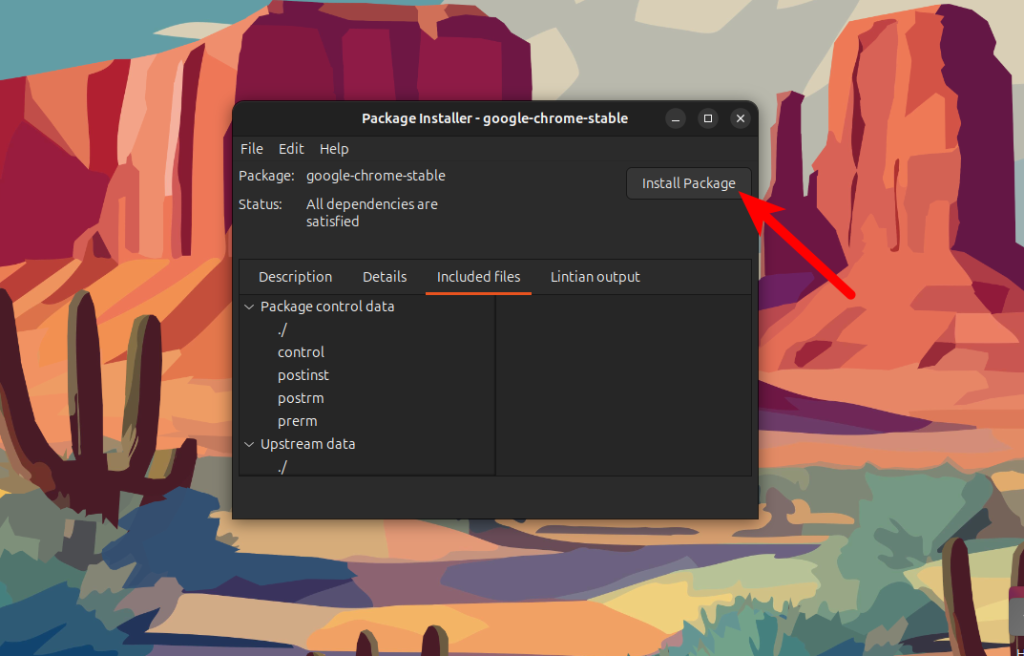
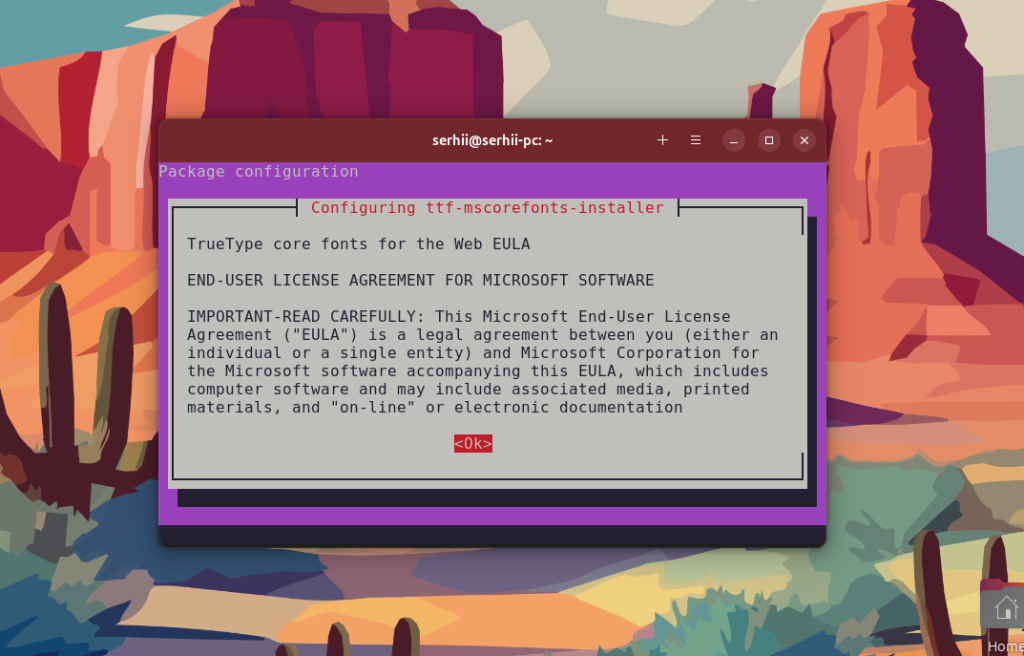
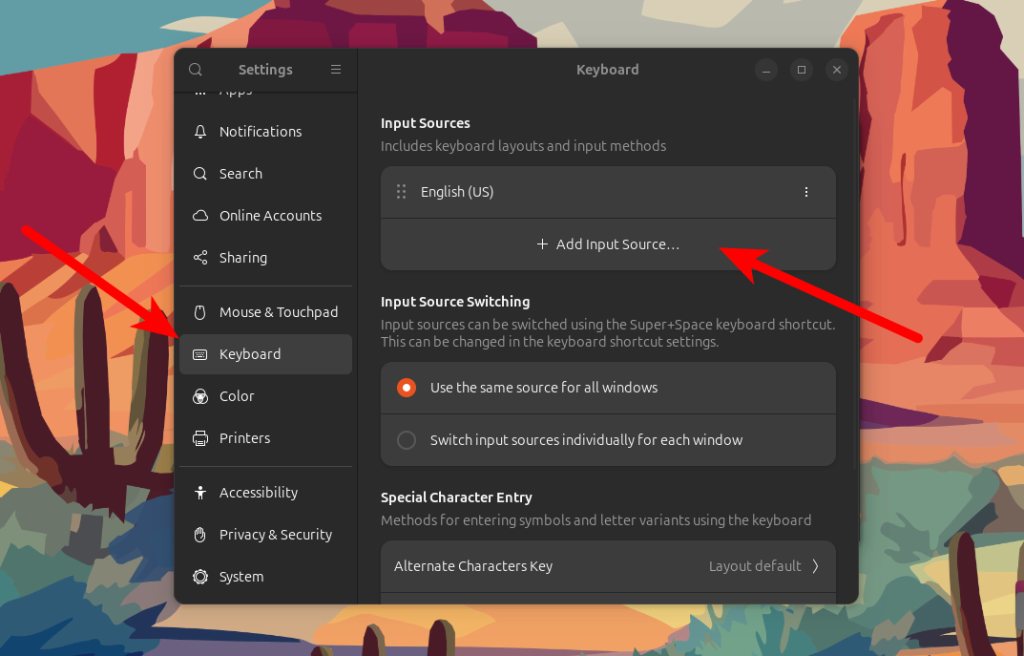
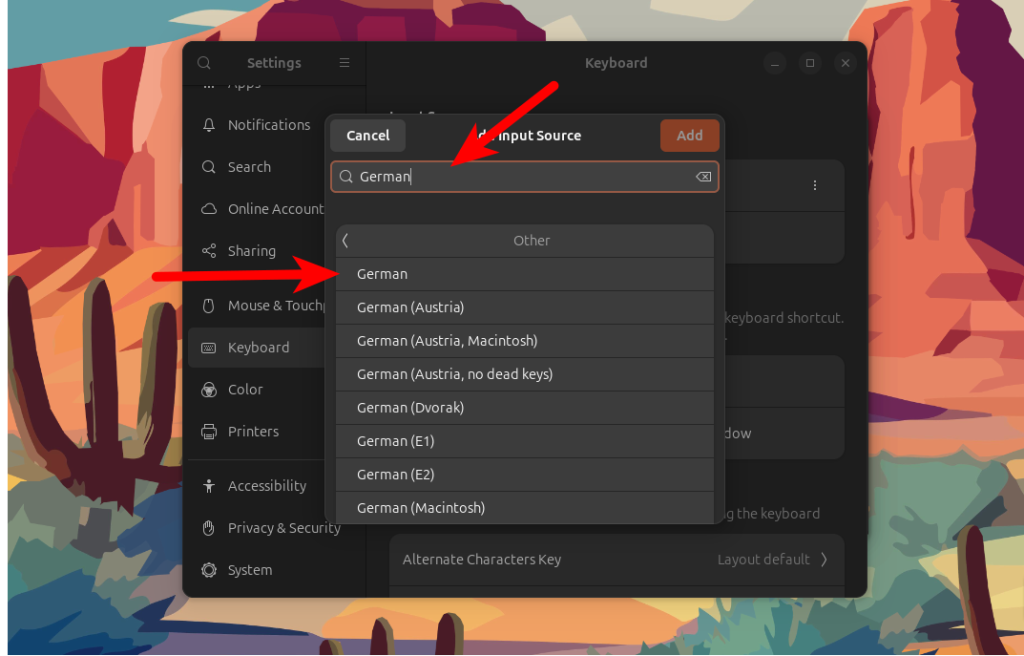
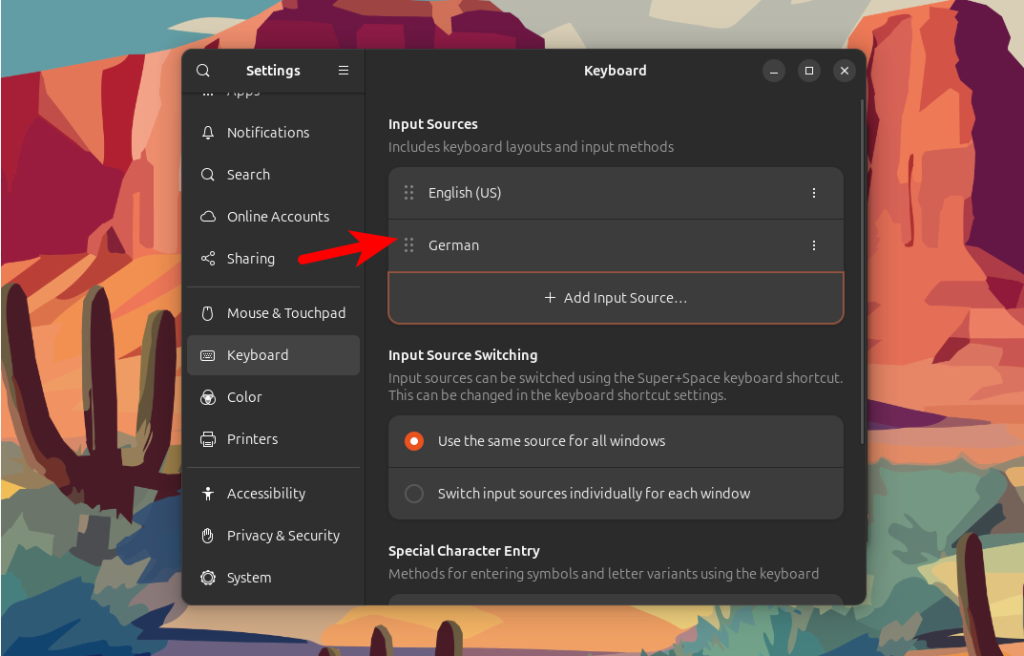
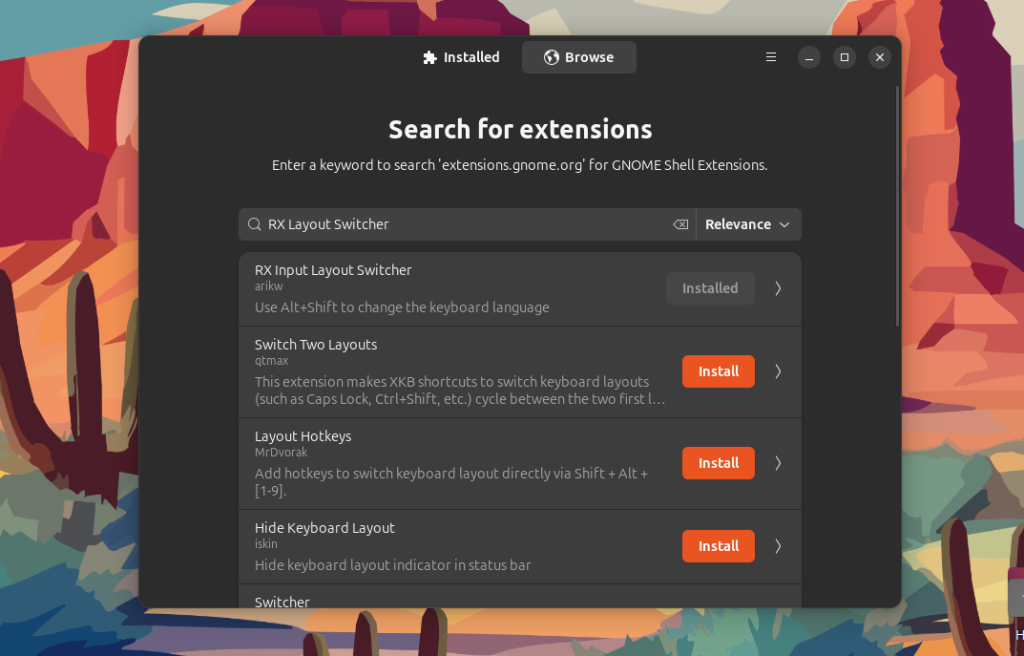
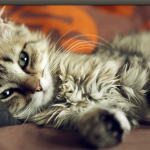
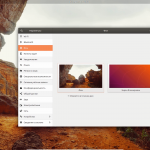
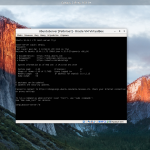
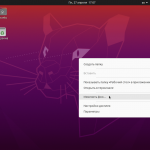
Действительно, устанавливая Убунту приходится подводить её под себя. По первой хотелось написать скрипт который делал бы всё это за пользователя. Но в итоге скрипты ломаются от старой к новой версии, так что руками выходит всё таки проще. Спасибо что рассмотрели всё подробно!
Спасибо за настройку! Почему только при обьеме ssd 240гб 24.04. видит 1.2 Тб? В ранних версиях не было вроде...
Для пакета «gnome-shell-extension-manager» не найден кандидат на установку
Такой пакет в Ubuntu 24.04 есть, находится в репозитории universe. Вот - https://launchpad.net/ubuntu/noble/+package/gnome-shell-extension-manager
Был когда-то прекрасный сайт, где было много актуальной и полезной информации. Очень жалко, что админ забросил его
Автору большое спасибо за сайт и материалы и творческих успехов, очень понятное и доступное изложение материала, а самое главное рабочее! По любым вопросам на про Linux всегда сперва на losst.pro)
Здравствуйте! Установил недавно voyager linux (основан на Убунту 24.04 ) после установки обновлений вылетает звук. То есть проигрываю я локальный файл видео проигрывается, а вот аудио нет. Открываю рутуб ли, ютюб - без разницы звука нет. На одном винчестере установлен Alt Linux он проигрывает файлы без нареканий. Подскажите куда копать?
Здравствуйте. Сложно что-то посоветовать, потому что со звуком в современных дистрибутивах Linux детально не разбирался. Думаю как минимум надо смотреть в настройки звука в Settings. Там можно выбрать устройство вывода, например, HDMI или звуковая карта ПК плюс там есть возможность протестировать отдельно каждую колонку.
Самое интересное знаете, что? Выполняю команды, как привык делать в Ubuntu : sudo apt update -y && sudo apt upgrade -y && sudo apt dist-upgrade -y && sudo apt-get autoremove -y; sudo apt-get autoclean -y Поэтому и слетел звук. Связался с человеком поддерживающим раздачу Voyager linux описал ситуацию. Он мне ответил, что нужно было выполнить обновление через центр приложений. Ну что же устанавливаю всё снова. Выполняю обновление через центр приложений и звук работает.
я debian использую.
sudo apt update && sudo apt full-upgrade -y && sudo apt autoremove && sudo apt autoclean && sudo apt clean
еще можно build-essential установить. Если кодить/отлаживать на c++ не собираетесь, он все равно может пригодиться для сборки какого-нибудь пакета из исходников, которого нет в репозитории.
Статья хорошая. Но, не хватает некоторых вещей. Например: 1. Вы рассказали как установить snap пакеты. Но не рассказали как отключить их поддержку насовсем. Например как это сделано в допиленном Ubunty ( это я о Linux mint - если кто не понял). 2. Вы не рассказали как настроить звук в Ubuntu. Ну не знаю, как у других у меня обычно после обновления звук отпадает . Отчего и почему не знаю.